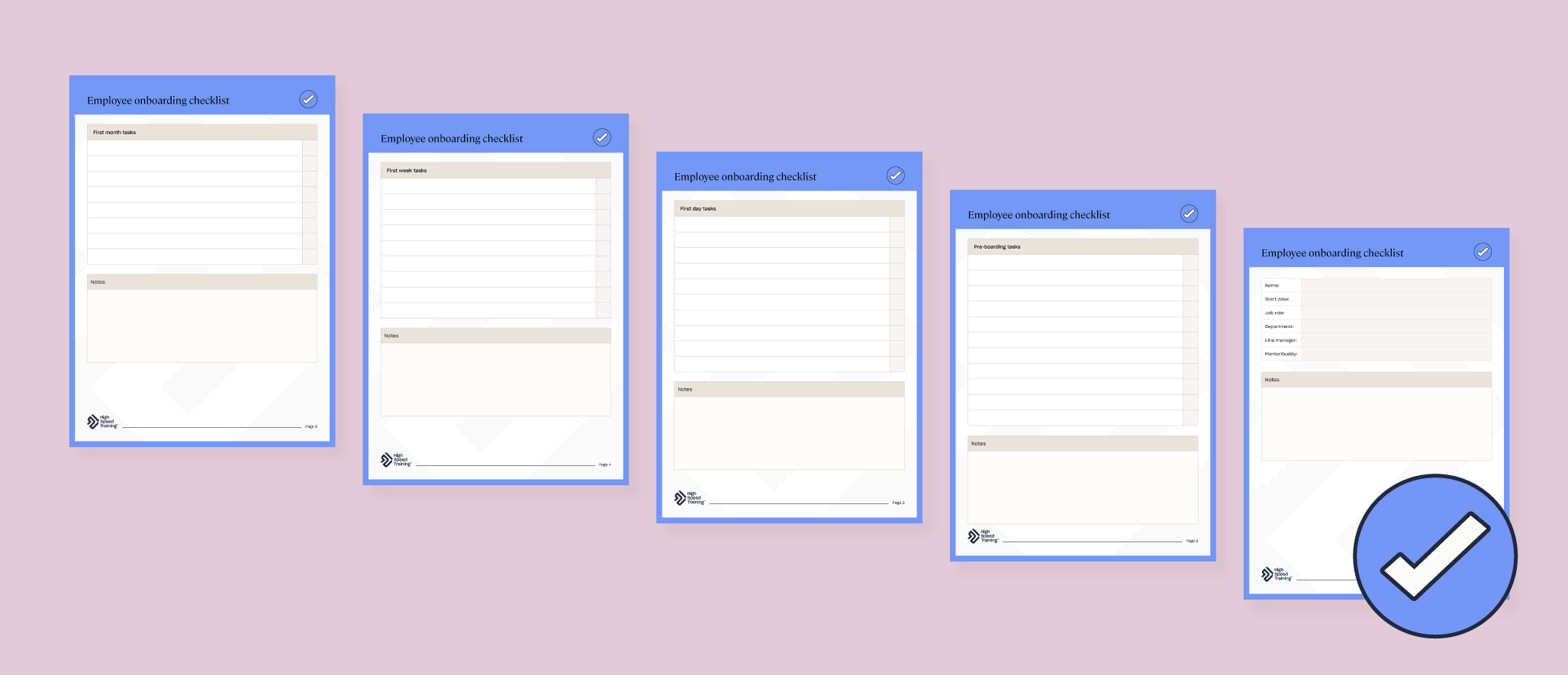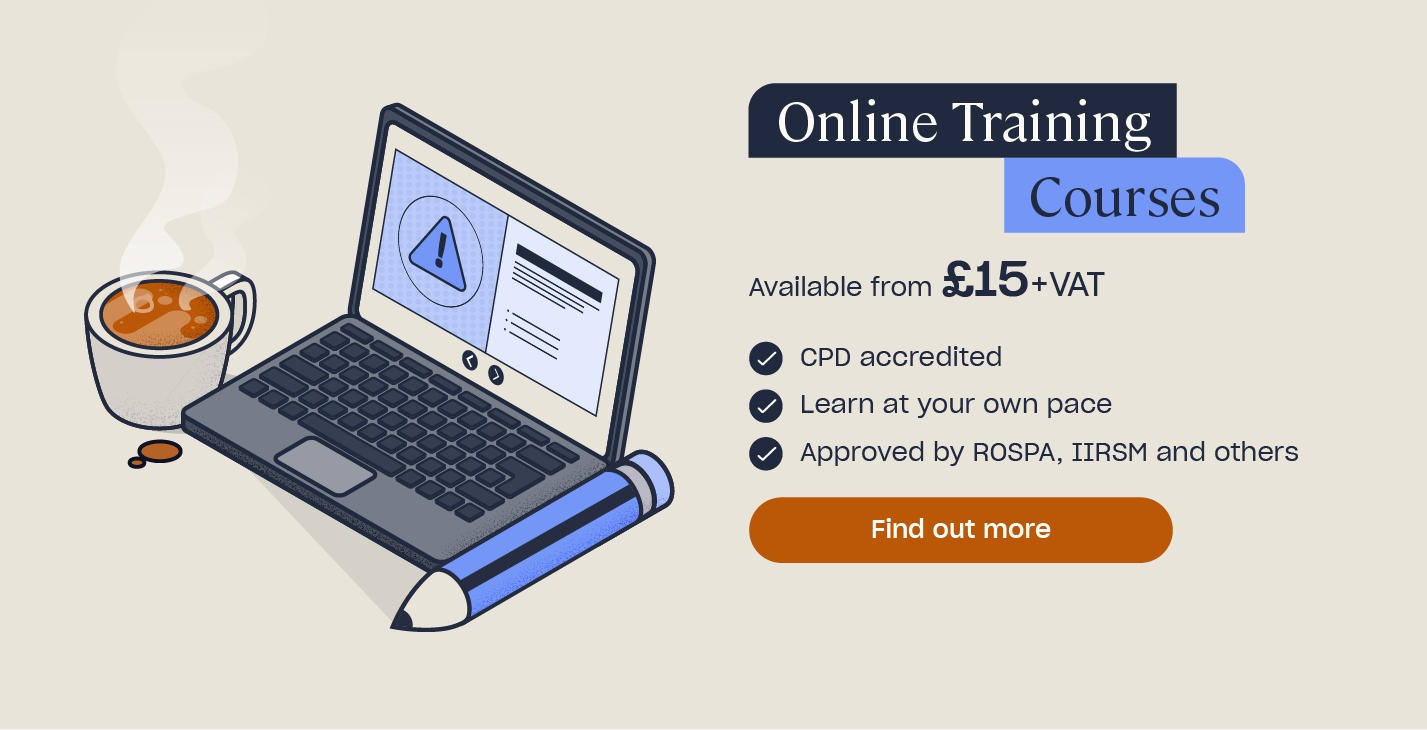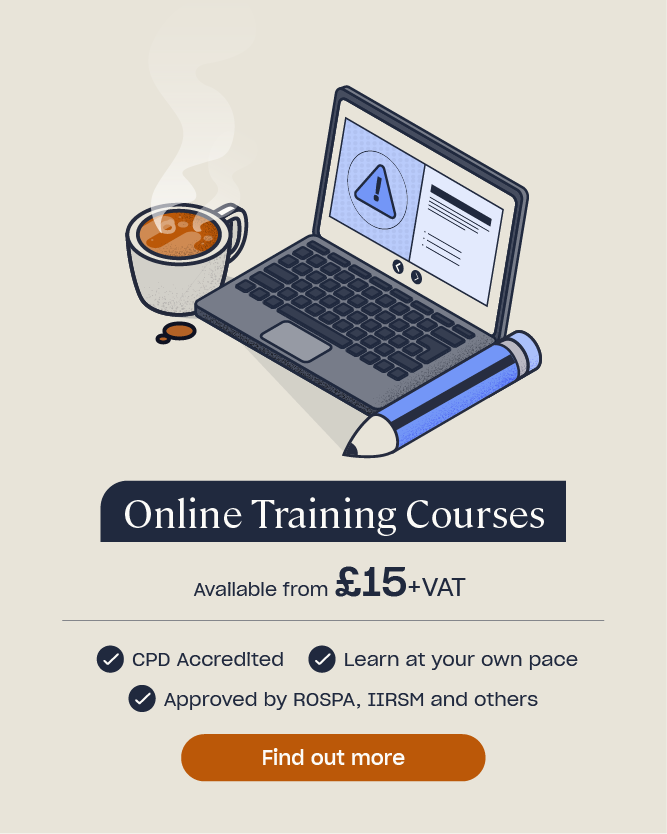Employee Onboarding Checklist: Free Template
Thorough and well-planned employee onboarding is essential for all companies of all sizes. If you work as a manager or in HR, especially if you have responsibility for welcoming new employees to the business, then onboarding is something you need to have a procedure for. In this article, we’ll outline everything you need to know about employee onboarding and provide you with a free employee onboarding checklist template to use in your own business.
What is Employee Onboarding?
Employee onboarding is the process of welcoming and integrating new workers into the workplace, ensuring they have everything they need to be productive, successful and comfortable in their new role.
Employee onboarding ensures new employees are supported and fully understand the work tasks, work environment, expectations, team structure and company culture. It’s also a great opportunity to give that all-important positive first impression of the company, as it can easily influence how the new worker feels about their new workplace.

Onboarding begins as soon as the new hire has received their job offer and continues for weeks or even months after the employee’s first day at work, usually until the point when the employee feels fully adjusted to their new role.
A well-planned employee onboarding procedure has many benefits, for both new employees and businesses, including:
- New employees will settle into their role quickly.
- New workers will reach full productivity at a faster rate.
- Employees are more likely to stay with the company leading to better employee retention.
- Teams are stronger, closer and work together better .
Employee onboarding is particularly important for remote workers or hybrid workers, who are likely to face additional barriers and challenges compared with those who work alongside their colleagues every day. It’s a good idea to create a separate onboarding procedure specifically for remote employees if they are a common feature of your business.
Onboarding Process Steps
Following a series of onboarding steps with each new employee ensures you have a well-thought-out plan that can be used time after time. An intentional employee onboarding process ensures that new hires, whatever their position, have all the necessary information to start work and feel supported and positive about their new role.
Onboarding process steps can be categorised into four key areas: pre-boarding tasks, first day tasks, first week tasks and first month tasks. Breaking it down into categories ensures you don’t miss anything and don’t overwhelm the new employee by giving them everything all at once.
Pre-boarding Tasks
Pre-boarding tasks are the things you need to do as soon as the new employee receives their job offer and before they officially join the business. Employee pre-boarding steps include:
- Emailing the new employee – before the employee begins work, send them an email with key information, such as their start date and time, the address of the company and who their line manager will be.
- Collecting personal details and legal information – ensure you have all the information you need from the new employee before they begin work, such as their contact details, emergency information, references, proof of right to work, signed contract, etc.
- Sharing company policies and documents – give the new employee copies of important documents such as the job description, dress code, company handbook, benefits, pension information, holiday policy, safeguarding policy, etc.
- Ordering work equipment – ensure you have everything you need for the employee to hit the ground running, such as computer equipment, a desk chair, tools, etc.
- Preparing the employee’s workstation – the new employee wants to feel welcome from the moment they arrive, so make sure you have a desk ready for them and everything is set up ready to go, including computer software, stationery items, etc.
- Creating logins and passwords – for a seamless first day, ensure the new employee’s login details are created in advance so they can access all necessary systems and software immediately. This might also involve allocating keycards or lanyards for access to rooms and buildings.
- Setting up the employee’s email inbox – create the new worker’s email address and inbox ahead of time so they can access it from day one. You can also use it to invite them to any first week meetings and orientations, ensuring they have full visibility of their calendar from the moment they arrive.
- Assigning a buddy – choose someone on the employee’s new team to pair up with your new starter as their mentor. This person will help to support the new worker, answer their questions and help them integrate into the workplace.
- Planning the employee’s first week – it’s a good idea to meticulously plan the new hire’s first week to ensure they have a clear plan for their first days on the job and aren’t left wondering what to do next. This might include meetings and orientation sessions, training courses, meet and greets, etc.

First Day Tasks
The very first day at work can be overwhelming for new hires as they face a barrage of new people, information and learning. By setting out a series of first day tasks like those listed below, you can help to ensure the worker’s first day is streamlined, focused and welcoming. First day tasks include:
- Doing a company walkthrough – when the new employee first arrives, be welcoming, happy and positive. Introduce them to their new colleagues, walk them around the workplace and help them feel acquainted with where everything and everyone is located. This is also sometimes known as a company orientation.
- Introducing the employee to their buddy – the new employee may already know who their buddy is and have communicated with them by email before arriving, but this is their first time meeting in-person.
- Hosting a welcome meeting – schedule a meeting, coffee break or lunch with the new employee and their new team so that they can all meet each other properly. It’s important to make time for the new hire so they feel welcomed and have a positive first impression of the business.
- Notifying the business of the new starter – send an email round to the whole company, or put a message in your team chat, to welcome the new employee and explain who they are and what role they’ll be working in. This ensures everyone is aware of the new employee and can welcome them into the company.
- Giving them a copy of the onboarding checklist – provide your new worker with a copy of your onboarding procedure so they can see the structure of their first day, week and month.
- Sharing the company handbook – if you haven’t shared this by email in advance, give the new employee a copy of the handbook and any related documents, such as benefits and pension information.
- Providing a ‘welcome hamper’ – a welcome pack or hamper can be made up of whatever you think best represents your business and is a great way to showcase your company culture and make the new employee feel valued. Include items such as technology and desk equipment, stationery items, branded clothing and snacks, for example.
First Week Tasks
When the new employee’s first day is out the way, you then want to ensure their first week of onboarding is well thought out so they quickly feel integrated into their new team and new role. First week tasks include:
- Talking about the job role and expectations – hold a meeting with the new employee during the first week to discuss their role, responsibilities and expectations, answer any questions and resolve any initial issues. Make sure the employee understands any targets they’re expected to meet or information about their probation period.
- Setting first-month goals – get your new worker to be proactive about filling their calendar and see what they’d like to focus on during their first month outside of their allocated tasks. This is key to their personal and professional development.
- Sharing important company policies – if you haven’t already, ensure the new employee is given copies of all your company policies and procedures and has signed them where necessary. Depending on your particular business, this might include HR policies, safeguarding policies, health and safety information and data protection guidelines.
- Scheduling training sessions – if your new starter is required to carry out training, whether it’s in health and safety compliance, data security or something more role-specific, make sure they have access to the relevant training courses and are given enough time and support to complete them.
- Planning an end-of-week activity – team-building is important in all situations but especially when you have a new worker who needs to integrate into the team. Schedule a lunch, coffee or walk for the end of the week with the new employee and their team to celebrate their first week at the company.
- Checking in at the end of the week – schedule a meeting for the last day of the week to talk to the new employee about their first impressions and experiences. Ask how they’re feeling, answer any questions, ask for feedback and discover whether they need any further support for the weeks ahead.

First Month Tasks
Employee onboarding doesn’t end after the first week and should continue until the new employee feels fully settled in their new team and role. This might mean your employee onboarding process lasts for a month, several months or until their probation period ends. Examples of first month tasks include:
- Keeping in touch – schedule a 1-2-1 meeting with the new employee, send them regular emails or direct messages, say hello in the corridor and do your best to remain visible and available.
- Setting up client meet and greets – if your new employee will be working with clients, customers or stakeholders in their role, the first month is a great time for them to meet the key players, whether in-person or over a video call. Meeting important people will help to establish good working relationships and ensure the ‘new person’ doesn’t feel so much like the ‘new person.’
- Scheduling a performance review meeting – put a performance review meeting in for the end of the month to talk through the new employee’s performance so far, remembering to ask for their opinion on what they’ve learnt and what they want to focus on going forward. Talk about what’s working well, what needs to change and what further support they need.
- Setting new goals – ask your new employee to set new goals for the months ahead, based on what they’ve learnt about their role so far. Encourage them to be ambitious and motivated and to look at personal goals as well as professional ones by using a PDP.
- Asking for feedback on the onboarding process – all procedures have room for improvement so it’s important to ask each of your new starters for their thoughts on their onboarding experience. You could obtain feedback anonymously or ask employees directly, but be sure to take their comments on board and make adjustments where needed.
Want to Learn More?
An important part of the employee onboarding process is ensuring new workers are fully trained. Our wide range of Online Training Courses has a course for everyone, from Data Protection and Sexual Harassment Training to Mental Health Awareness and Basic Health and Safety Training, ensuring your new starters have the knowledge and skills they need to perform their roles effectively and safely.
Employee Onboarding Checklist Template
An employee onboarding checklist provides you and your new employees with a structured schedule for their first days and weeks in your company. The checklist includes all of the important tasks that need to be completed in order to fully welcome, support and integrate new workers into the business.
Your company may prefer to have individual onboarding checklists for specific roles and departments, or you may choose to use a single employee onboarding checklist for everyone that can be adapted depending on the role.
Use the link below to download a free employee onboarding checklist template that you can use as a guide for your own onboarding process and edit to suit your own company’s needs.

Further Resources:
- Online Training Courses
- 10 Employee Engagement Strategies for 2025
- How to Write SMART Goals for Employees







